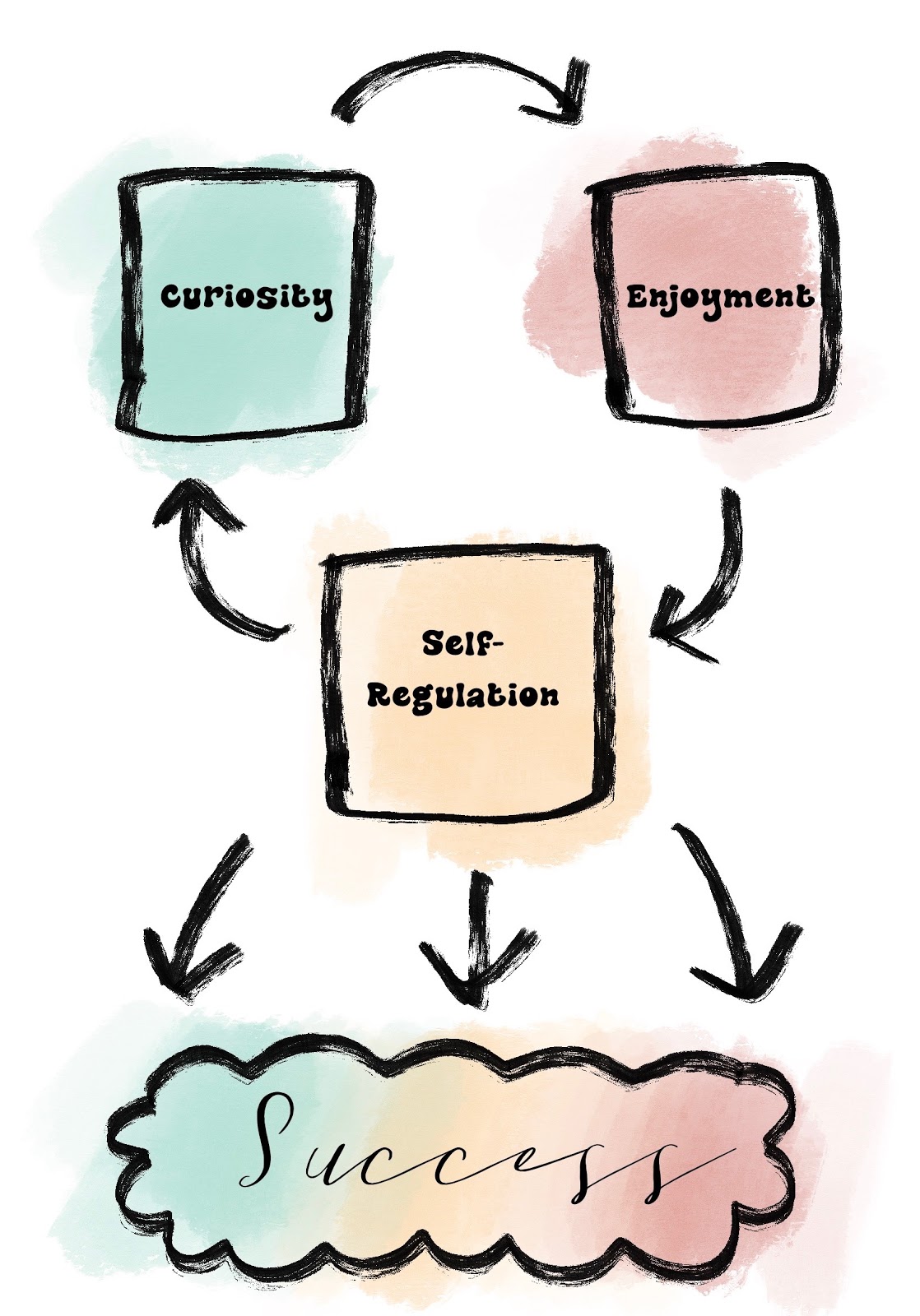3
Riley Peterson
Preschoolers are learning constantly. They learn from almost everything they do. Young children are naturally curious, and because of this they have a natural desire to learn, whether they see it as such or not. Motivational mechanisms for learning in young children such as preschoolers, are very simple. Mechanisms include curiosity, enjoyment, and self-regulation.
Curiosity. Again, young children are naturally curious; they want to explore and discover. If their explorations bring pleasure or success, they will want to learn more. It’s possible to let children’s natural desire to explore aid them in learning. Creating more space for exploration, creativity and play in a Preschool classroom, will help children guide themselves to learn. If an activity sounds intriguing to the child, they will be more likely to want to participate of their own accord. It is never helpful to force learning and academia upon preschool aged children, this will diminish their sense of curiosity and hinder their learning.
Enjoyment. The intrinsic value of a task is the enjoyment one gains from doing it. Children are simple, if they get enjoyment out of an activity or completing a task, they will be more motivated to complete the activity or task again. In preschools, it’s important that we teach children that school is enjoyable! Creating preschools where play is the backbone of everything taught, children will have a more positive schema about school and learning. If a child goes home from school feeling like they enjoyed their day, it is more likely that they will have a positive attitude the following day. Music adds to this sense of enjoyment, too. Many preschools use songs incorporated into much of their daily routines. We have a song for washing hands, standing in line, the weather, the days of the week, let’s not forget the alphabet for crying out loud! Musical melodies and rhythms are what help children to not only remember, but enjoy what they are learning. “In the case of music, this principle is thought to underlie the mechanisms of rhythmic entrainment and emotional contagion. The former describes a process whereby the listener’s movements and physiological rhythms synchronise with the periodicity of the music, which in turn increases arousal and/or induces feelings of pleasure” (Labbé and Grandjean).
Self regulation. According to Bandura’s social cognitive theory, motivation is goal-directed behavior, and is sustained by expectations concerning the anticipated outcomes of actions and self efficacy for performing those actions. So, we engage in motivated behavior when we expect to succeed at an activity or task. Self-regulation is basically controlling one’s behavior in order to achieve a goal. One of the main places in which children use self-regulation is school, where they are required to pay attention, follow instructions, and inhibit inappropriate reactions in order to achieve learning goals. These skills, known as behavioral regulation, or self regulation, are critical for early school success. This is why self regulation is such a huge component of Preschool programs.
All of these motivational mechanisms , are intertwined, says Timothy J. Cleary and Barry J. Zimmerman, “In our account, these motivated behaviors are distinguished from the motivation beliefs, such as self-efficacy, task interest, and goal orientation, which influence such behaviors. Thus, students’ beliefs of personal capabilities and their interest in learning do not only influence one’s behavioral engagement or investment in learning but also the extent to which one engages cognitively in the cyclical feedback loop of self-regulation” (Cleary & Zimmerman). Cleary and Zimmerman support the beliefs of many PreK educators that interest in doing an activity will directly impact the child’s desire to learn which will impact their self-regulation which will impact how well they are able to learn as well.

References
Cleary, T. J., & Zimmerman, B. J. (2012). A cyclical self-regulatory account of student engagement: Theoretical foundations and applications. In Handbook of research on student engagement (pp. 237-257). Springer, Boston, MA.
Schiavio, A., van der Schyff, D., Cespedes-Guevara, J., & Reybrouck, M. (2017). Enacting musical emotions. Sense-making, dynamic systems, and the embodied mind. Phenomenology and the Cognitive Sciences, 16(5), 785-809.https://doi.org/10.1007/s11097-016-9477-8
